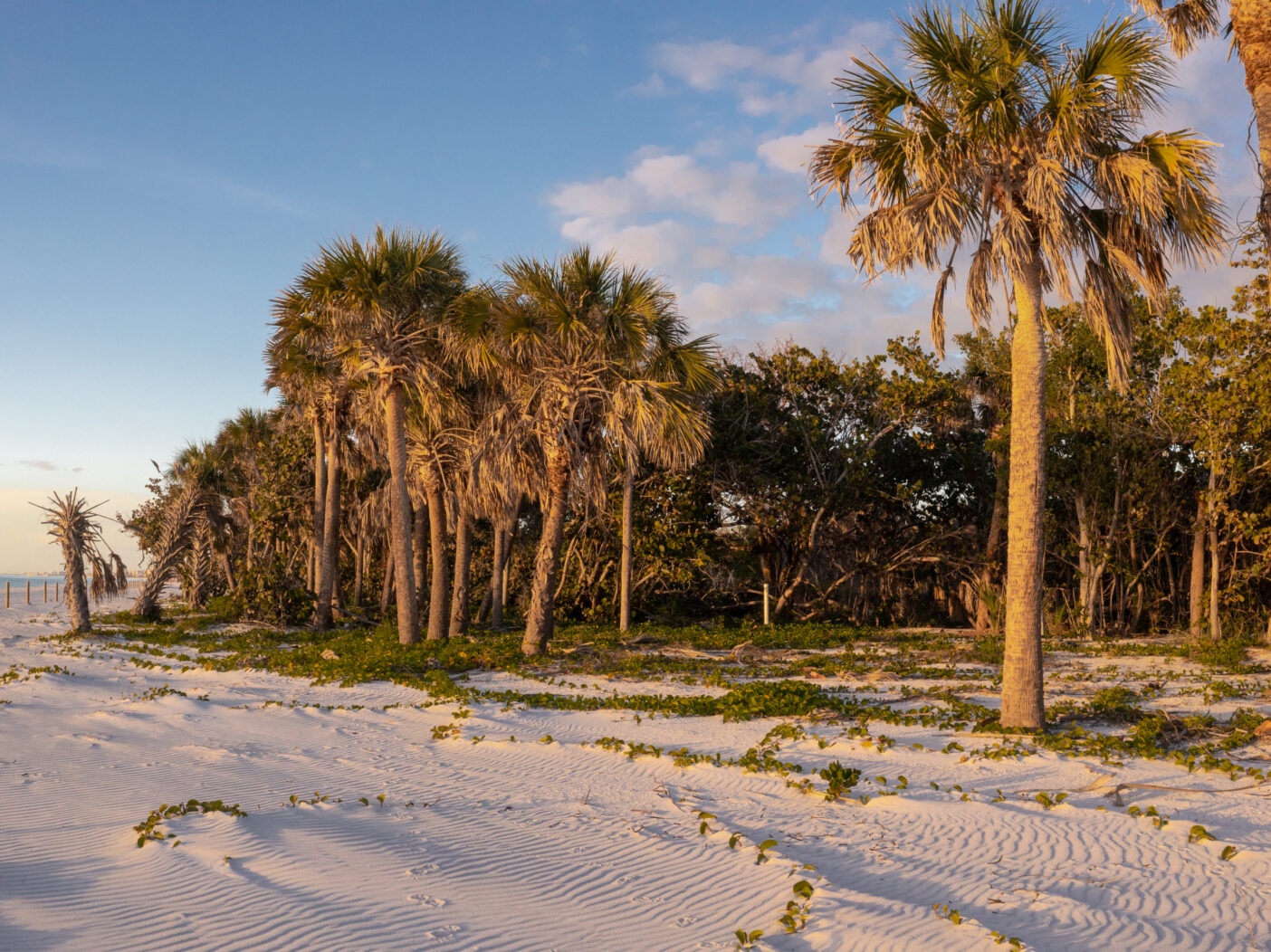
Bay cedar (Suriana maritima) is an important native coastal species. Hardy and dense, the shrub protects from shoreline erosion, provides a larval food source for two types of butterflies, and produces seeds that nourish birds and petite flowers that provide nectar to pollinators.
What the plant doesn’t offer: growing instructions.
“You know, for cultivated plants, you can just Google how to grow (a plant), learn when it seeds, what the ripe seeds look like, how to plant it, what kind of light and water conditions it needs, all of the above,” says Conservation Associate Sam Amodeo. “That’s not available for this. We have to start from scratch and figure it out for ourselves.”
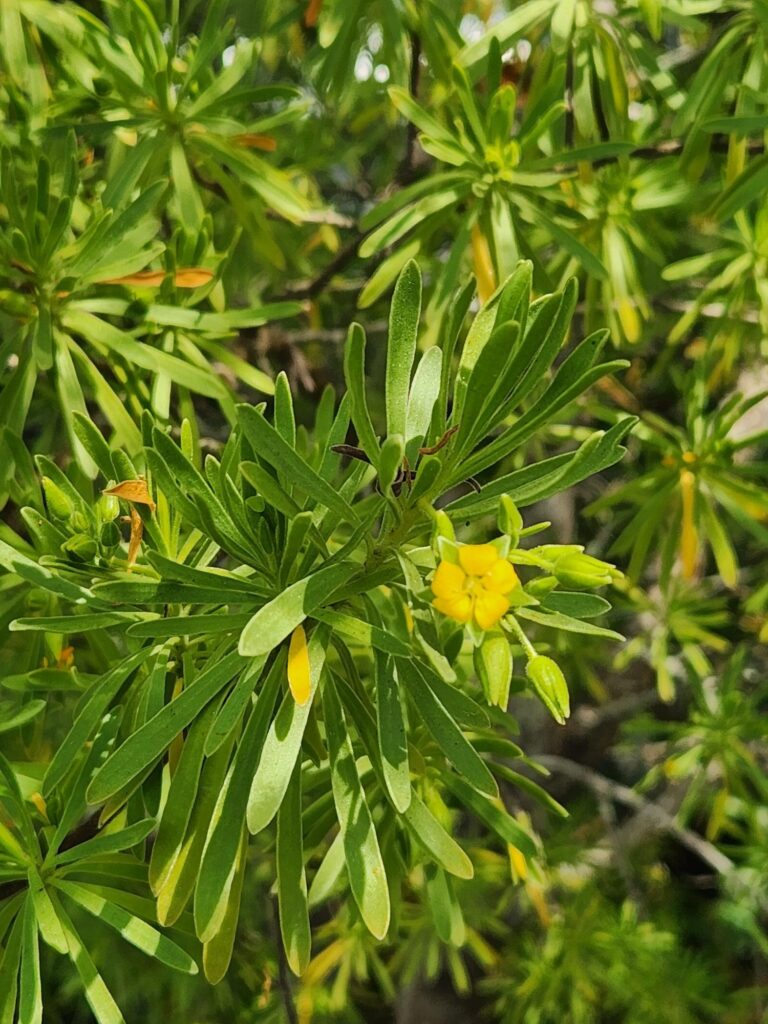
Since last May, our staff has been collecting seeds and cuttings from beach dunes with the intention of mass producing them for eventual shoreline revegetation. They’re targeting 20 species, ranging from shrubs like bay cedar to groundcovers like coastal groundcherry (Physalis angustifolia). None come with a nursery plant tag.
Conservationists run each species’ seeds through a series of tests to determine whether pre-treating them yields a higher germination rate than simply planting them. There are 13 pretreatment options. They include: soaking seeds in warm water to mimic the digestion of a bird or small mammal; fermenting them with bacteria to break down the outer seed coat; and eroding the outer surface to allow the seed to uptake water and grow, a process called “scarification.” The control group gets no pretreatment.
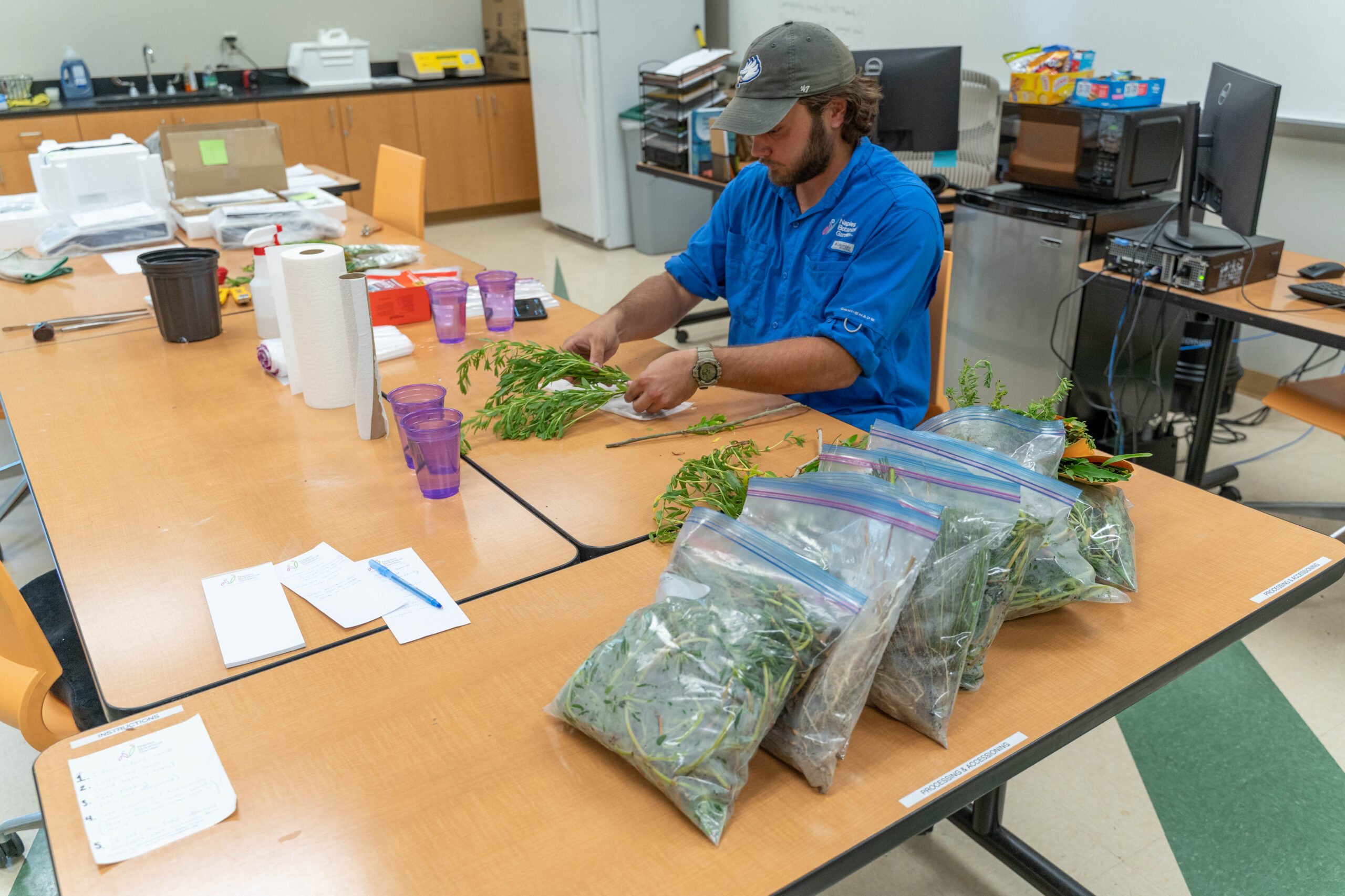
In some cases, the team cracks the code early on. That was the case with the beach tea (Croton punctatus). Scarification yielded an 88% germination rate, compared to the control group (10%) and two other pretreatments resulting in successes of 60% and 68%. The seeds are hard to find, Amodeo says, and he was glad to halt trials once scarification proved to be the key.
“We’re not going to waste seed on other trials when we know that this works almost every time,” he says.
Bay cedar required a more extensive investigation. The control group yielded a 20% germination rate, making it evident that pretreatment was necessary. But which process? Soaking the seeds proved wrong. The germination rate dropped following “baths” of varying lengths and water temperatures. Nor did the seeds respond well to cold stratification — chilling them in a refrigerator — or drying them in plastic bags for a period of time.
Scarification, again, proved to be most effective technique. This makes sense, Amodeo says. On the beach, wind grates sand across the seeds.
Over the past nine months, Garden conservationists have conducted 82 pretreatment experiments and propagated nearly 13,000 plants.
Striking on the right pretreatment does not mean our staff’s job is done. From the lab, the plants go to the nursery, where Conservation Associate Jaycie Newton grows them to maturation. She has her own experiments to do — determining the best pots or containers for each species, establishing how much water they need, and ensuring they receive adequate sunlight. She hasn’t figured out how to keep the rabbits from munching on coastal groundcherry fruit, but that’s a story for another day.
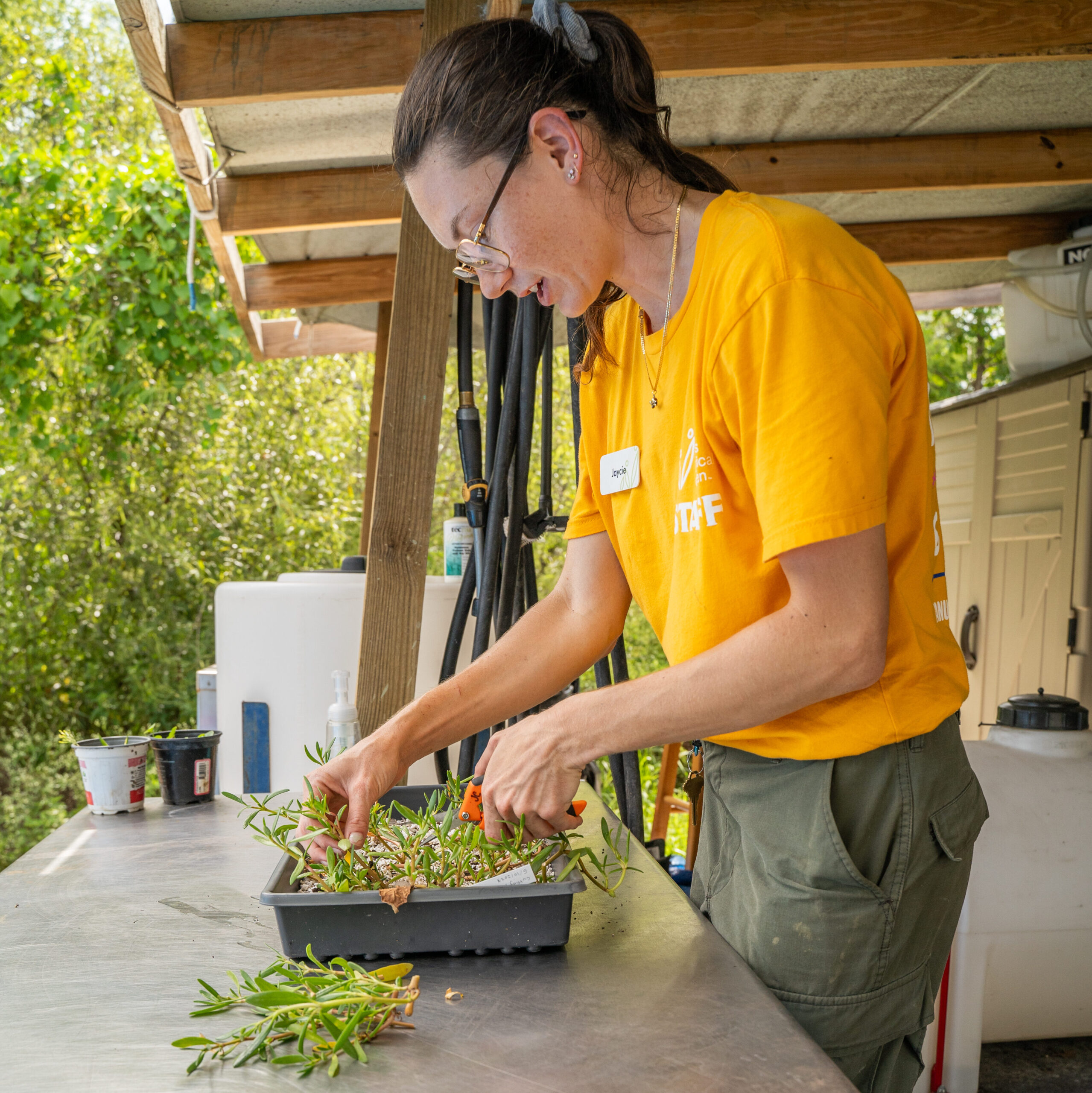
The Garden is grateful to the Collier Community Foundation for supporting our beach dune research, seed collection, and community education series. You can learn more about our work and register for a beach talk here.
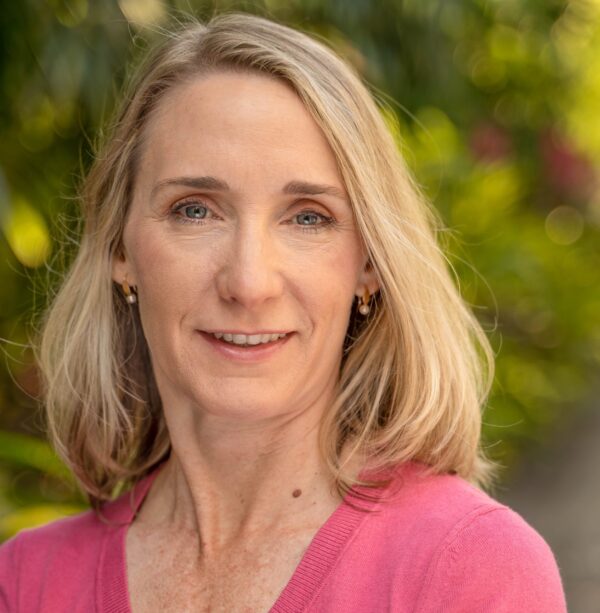
About the Author
Jennifer Reed is the Garden’s Editorial Director and a longtime Southwest Florida journalist.

